Intro
The Orlov Trotter was developed by Count Orlov after receiving a gifted Arabian stallion from a Turkish admiral.
Read more
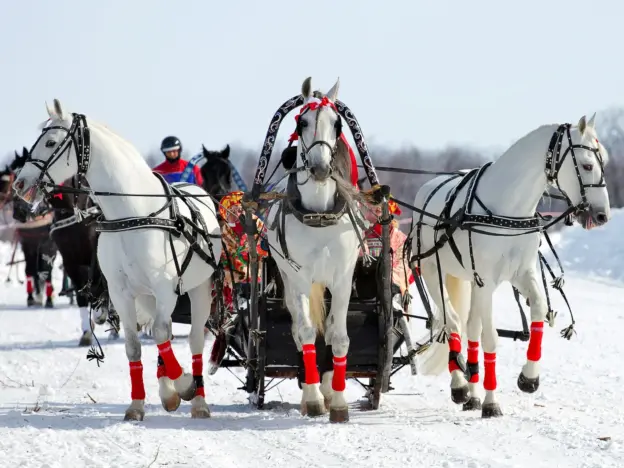
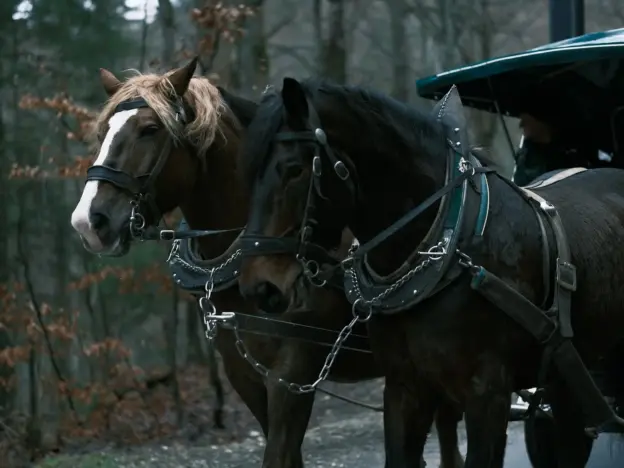
The Oberlander Horse comes from the South German state of Bavaria and are distinct in their large size and often flaxen locks.
Read more
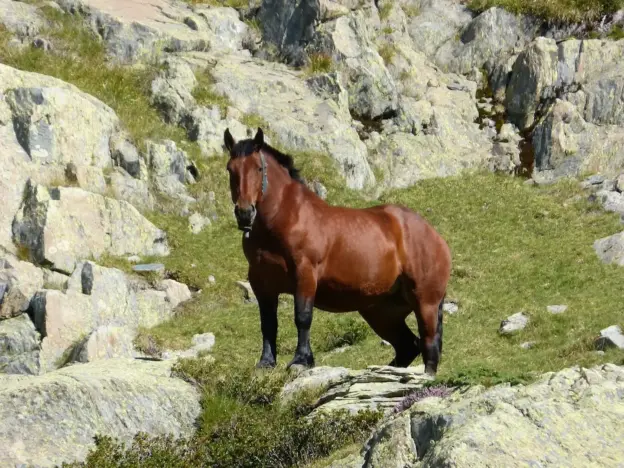
A member of the Ardennes family, the Northern Ardennais, Ardennais du Nord or Trait du nord was crossed with Belgian Draft for a more robust size and Boulonnais for elegance and a brighter step.
Read more
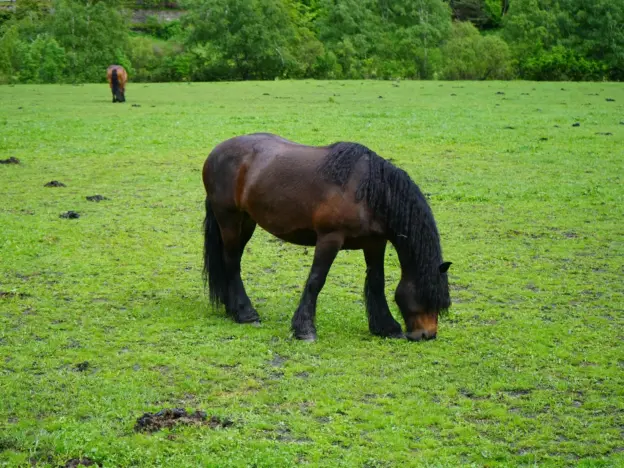
The Nordsvensk Brukshäst or North Swedish Horse is a relatively new breed officially, it’s bloodlines only being just over 100 years old. They come from similar genetics as Dole horses both of them descendants of the ancient Scandinavian horse.
Read more
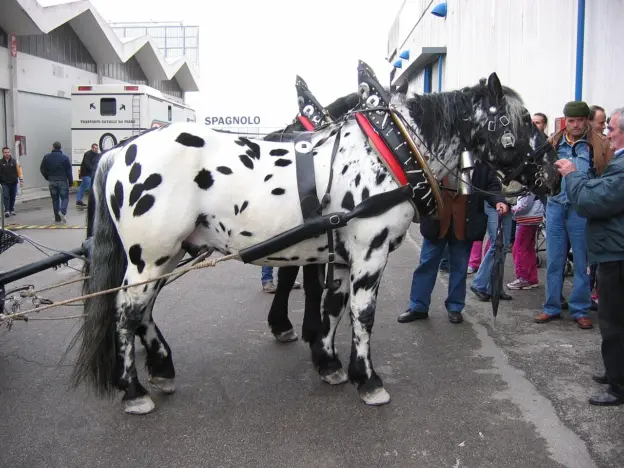
The Noriker or Noric horse has been bred in the Alpine region and foothills of Austria for the last 2000 years. Kept in natural mountain conditions at 6000 ft, the animals are raised outside year round and seldom given extra feed. This has created an extremely hardy animal
Read more
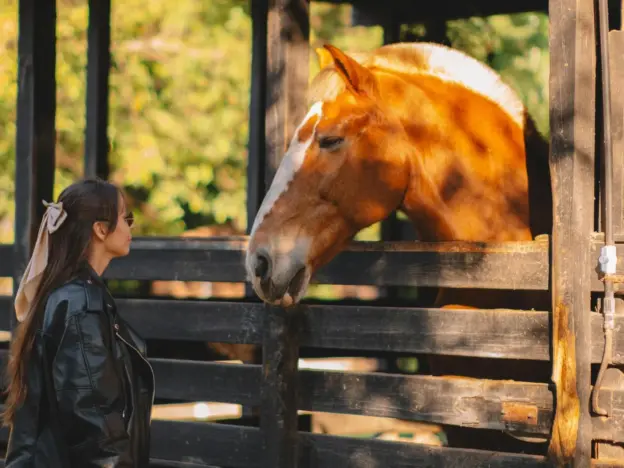
Also called the Mur Island Medjimurski, Murakoz and the Murakosi, the Mura was once quite a popular working horse in Hungary, however today their numbers are very low.
Read more

The Montana Travler comes from Montana and is a relatively new saddle horse breed developed by Tom Eaton during the second half of the 20th century.
Read more
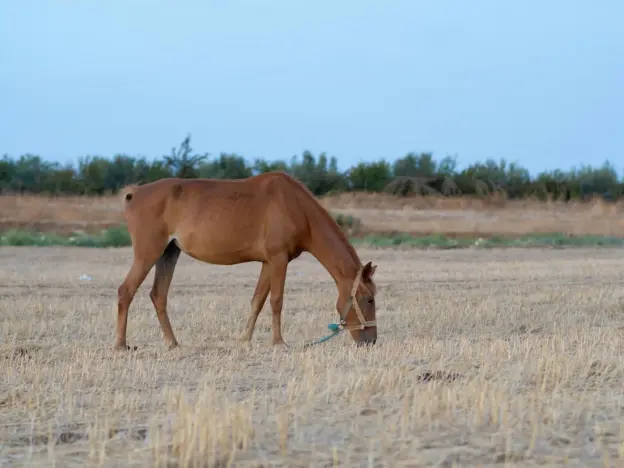
Also called the Tunisian, the Mogod Pony comes from the northernmost area of Tunisia and is thought to be a strain of the mighty Barb horse, refined and bred to suit the area over centuries. Sadly as machines began to replace animals in the 20th century their numbers began to dwindle.
Read more
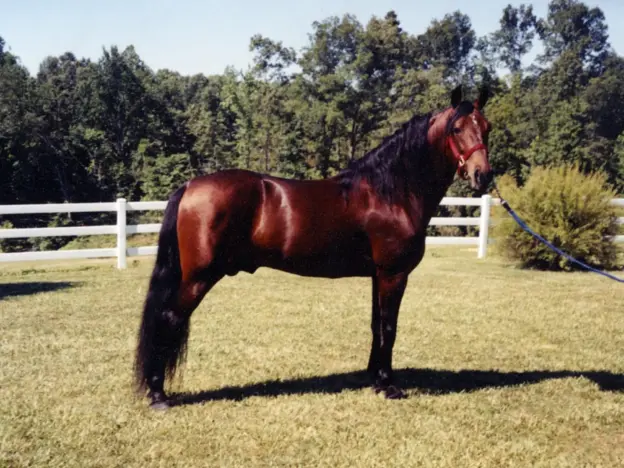
The Missouri Fox Trotter is a relatively new breed and one that was organized by a group of enthusiasts who wanted to preserve the unique characteristics of animals selectively bred in the Ozarks.
Read more
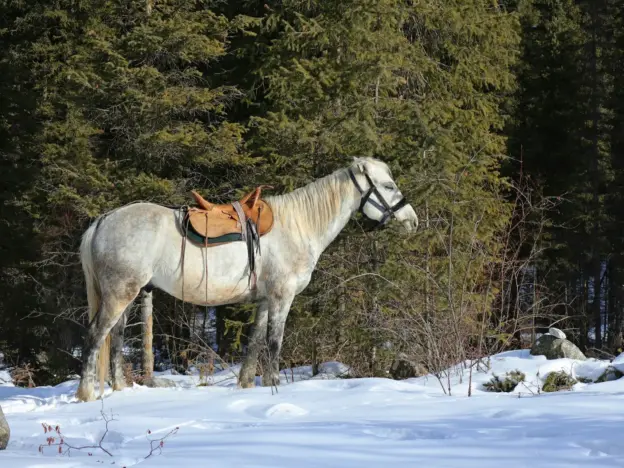
The Mezen or Mezenskaya is a draft breed of the northern forest type that is bred in the valleys of the Mezen & Pineg Rivers in the Arkhangelsk region.
Read more